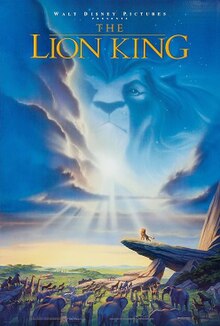Tutorial Question: Do you agree that you are cyborgian in nature?
Week 10 is all about the cyber culture. The answer to the tutorial question above is yes. The reason for the agreement with the question is because in the new information age, we can't live without the machine as they have been apart of our life. According to Levy (2001), "we cannot separate the material world- even less so its artificial component -from the ideas through which technological objects are conceived and used, or from the humans who invent, produced and used them."
Not only prosthetic memories, we even communicate using technology, for example the usage of the mobile phone or email to communicate with family instead of talking face to face. There is also communicating via the social media. Social media is the media of social interaction. Where in this social media world, human create an avatar or a cyborgian identity to communicate. Cyborgs lives in a simulacrum. Simulacrum "is a copy of a copy whose relation to the model has become so attenuated that it can no longer be properly said to be a copy of a copy." (Massumi B., as cited in Pronger, 2002). Not only that the cyborg live in a simulacrum, even our worldview is created in simulacrum. Where, our knowledge is based TV documentaries, news and cinema.
As we continue on evolving, we never communicating as only one person but as multiple selves. The people we see online, in television or cinema are representation of a self, an avatar or a character in the current period time, the information age. Cyborgs are lived realities not fantasies, but not everyone in the world are cyborgs, there's technological condition that must met.
Overall, in the current period of time (the information age), we depend on technologies as prosthetic, as our identity and made technologies as a part of our lives that we are a cyborg in nature.
Reference List:-
Landsberg, A. (2004). Posthetic Memory: The Transformation of American rememberance in the age of new mass culture. NewYork: Columbia University Press.
Levy, P. (2001). Cyberculture. United State of America: University of Minnesota Press.
Massumi, B. (1987). Realer than real. The simulacrum according to Deleuze aand Guattari. Quoted in Pronger, B. (2002). Body Fascism: Salvation in the technology of physical fitness. Canada: Univeristy of Torronto.







